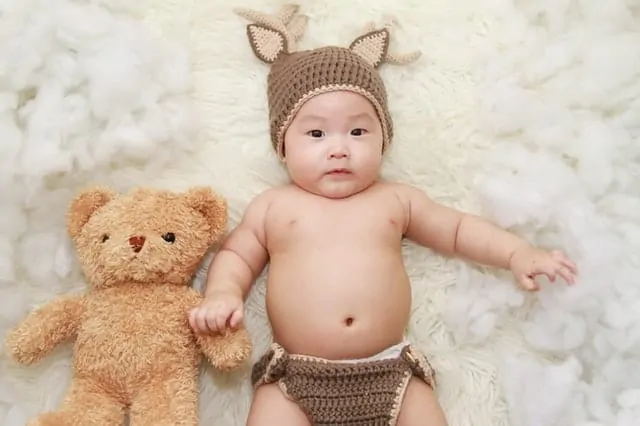Your pediatric dentist in Long Island is all about caring for our community’s littlest smiles. From infants to toddlers, to adolescents and teens, we’re committed to providing dental care for each stage of your child’s growing years. But today, we want to focus on our youngest patients — infants and toddlers. Both of these age groups require extra special dental care that may be different from an adolescent, teen, and adult care.
Caring for an Infant’s Teeth
Even though your baby probably doesn’t have teeth yet, and they might not for a few more months doesn’t mean that they don’t still need some form of dental care. Your pediatric dentist in Long Island wants you to know that taking care of your baby’s oral health early can reduce the risk of tooth problems later on and introduces them to dental care early. But what exactly do you do for a baby with no teeth?
From the time your baby is born until their about six months old, you should:
- Gently wipe their gums with a soft, slightly moistened washcloth after every feeding. Simply wrap the cloth around your pointer finger and gently massage the gums.
- Avoid giving them anything but water in their bottle at nap time and bedtime. Better yet, if you can, avoid bottles at bedtime altogether.
- Don’t transfer anything from your mouth to your baby’s mouth. Dental bacteria and decay can be transmitted from person to person, so avoid putting the bottle in your mouth, sharing utensils, or cleaning a pacifier in your mouth.
- Be prepared for teething. Teething can begin at any time between four and six months. During this time, your baby’s gums can be red, swollen, and painful. You may also notice more spit than usual. To help reduce teething pain, give your baby a teething ring or a cold, wet washcloth. You can also chill the teething ring for an extra level of relief.
As your baby grows, so will their teeth. You can expect to see their first tiny tooth between six and eight months old, which is when you should schedule an appointment with a Long Island pediatric dentist. It’s also when you should start introducing your little one to a toothbrush.
During the ages of six to eight months:
- Start using a child’s size, soft-bristled toothbrush instead of the cloth to massage gums after meals. Don’t use toothpaste quite yet. Simply wet the toothbrush.
- Start to wean your baby off the bottle as well as pacifiers.
- Keep an eye out for white or brown spots on their teeth as this may indicate decay. Schedule an appointment with your pediatric dentist.
Caring for a Toddler’s Teeth
By the time your baby becomes a toddler, you will have experienced a lot of firsts — a first tooth, first steps, first word, and hopefully first dental appointment. If you haven’t seen a pediatric dentist yet, make sure you get your child in for a visit by their first birthday and make sure to see us every six months. These visits help protect tiny teeth from cavities and ensure that they’re healthy and holding the palace for permanent adult teeth.
Don’t forget to continue caring for their smile at home by:
- Brushing teeth with a wet toothbrush, checking for discoloration, and weaning bottle and pacifier use. All pacifier use and thumb sucking should subside by age 3.
- Begin brushing your child’s teeth with a pea-size amount of toothpaste at age 2. Use this time to teach them how to brush their teeth in small circles as well as spit the toothpaste into the sink instead of swallowing it.
- By 30 months, your little one would have all of their baby teeth, which makes regular brushing really important to protect their pearly whites from cavities.
If your child is approaching their first birthday and hasn’t visited a pediatric dentist in Long Island, we welcome you to give us a call. We’re always accepting new patients and would love to care for your little one’s smile.
In April this year, Dr. Glen Ehrenman received a Lifetime Diplomate status and an award from the American Board of Pediatric Dentistry (ABPD), where he has been a diplomate since 1995. Since 2010, he has been a clinical assistant professor and mentor at the State University of New York Stony Brook School of Dental Medicine. He has memberships with dental organizations such as the American Academy of Pediatric Dentistry, American Dental Association, New York State Dental Association, and the Nassau County Dental Society. His commitment to excellence earned him the Top DDS of 2012 award from Long Island Pulse Magazine.
Read The Full Bio
